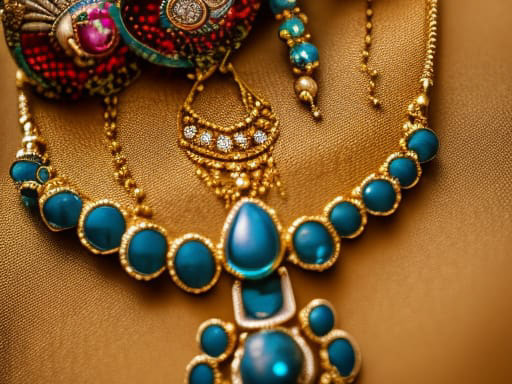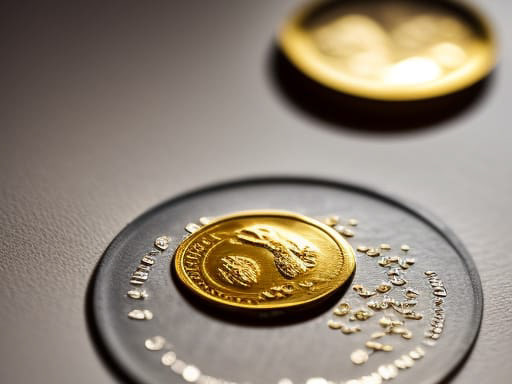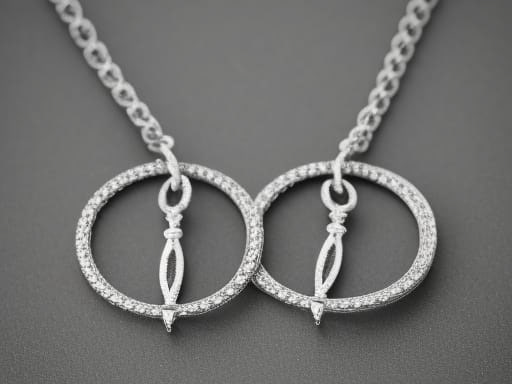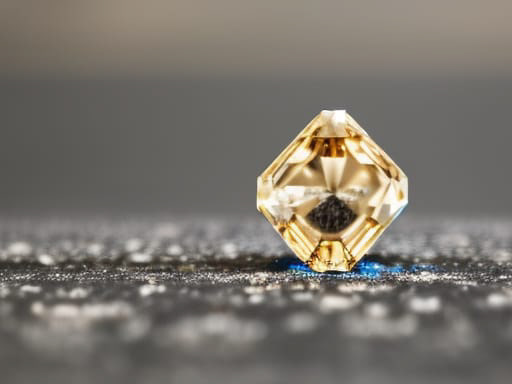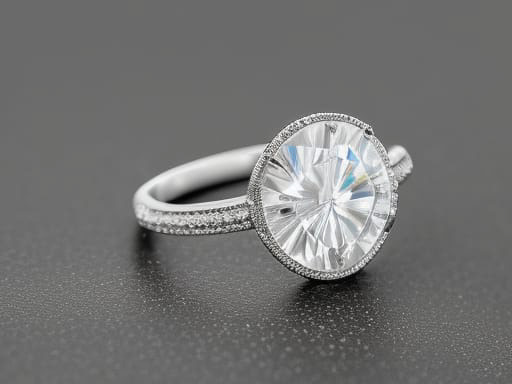Jewellery is more than just an accessory - it's a reflection of one's personality, style, and taste. Designing jewellery is an art form that requires a combination of creativity, technical skill, and an understanding of the principles of design. In this blog post, we'll explore the principles of jewellery design and how they are applied to create beautiful and unique pieces.
Balance is one of the most important principles of design, and it's particularly important in jewellery design. A well-balanced piece of jewellery feels comfortable to wear and visually appealing. Balance can be achieved through the use of symmetry or asymmetry. Symmetrical designs have an equal visual weight on both sides, while asymmetrical designs use different elements to create a sense of balance.
Proportion is the relationship between the various elements of a piece of jewellery. The size and shape of each element should be proportionate to the overall design. For example, a large pendant on a delicate chain may look out of place, while a smaller pendant on a thicker chain would be more visually pleasing.
Contrast is the use of opposing elements to create visual interest. This can be achieved through the use of contrasting colours, textures, or shapes. A piece of jewellery with contrasting elements can make a bold statement and stand out from the crowd.
Harmony Harmony is the use of similar elements to create a sense of unity within a design. This can be achieved through the use of similar colours, textures, or shapes. A piece of jewellery with harmonious elements will look cohesive and well put together.
Emphasis is the use of a dominant element to draw the eye and create a focal point. This can be achieved through the use of colour, size, or placement. A piece of jewellery with a strong emphasis will make a bold statement and leave a lasting impression.
Rhythm is the use of repeating elements to create a sense of movement and flow within a design. This can be achieved through the use of repeating shapes, colours, or patterns. A piece of jewellery with a strong rhythm will have a dynamic and energetic feel.
Unity is the overall sense of coherence within a design. All of the elements should work together to create a unified whole. A piece of jewellery with a strong sense of unity will look polished and professional.
In conclusion, the principles of jewellery design are essential for creating beautiful and unique pieces. Whether you're designing a simple necklace or a complex bracelet, understanding these principles will help you create designs that are visually appealing, comfortable to wear, and reflect your personal style. So the next time you're designing a piece of jewellery, keep these principles in mind and see how they can enhance your design.

